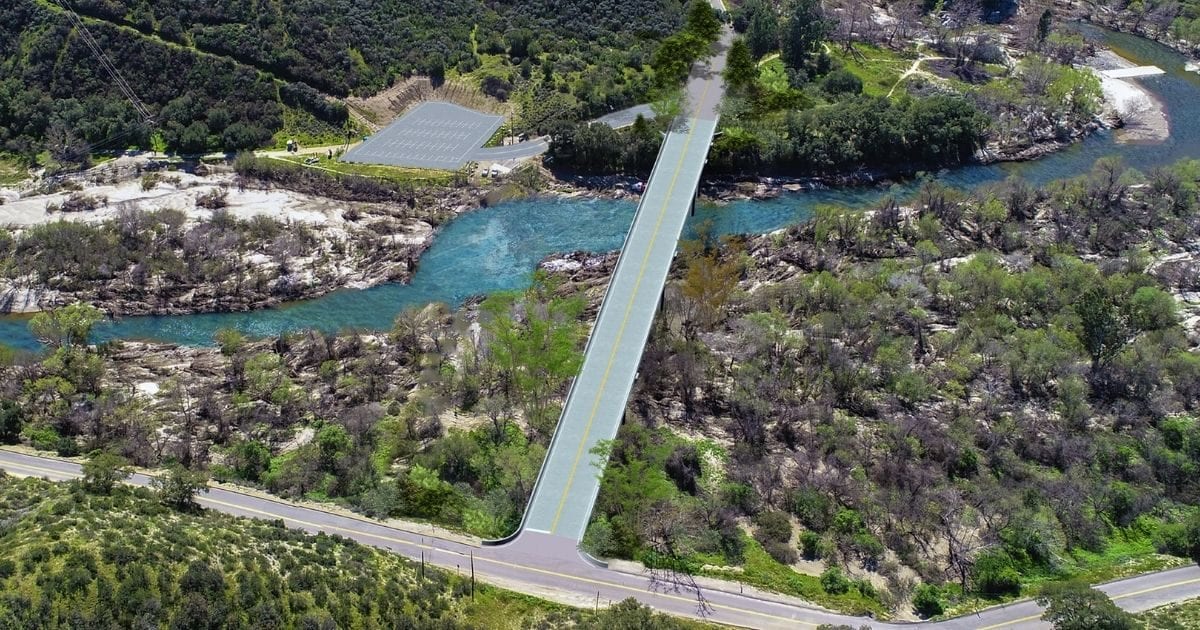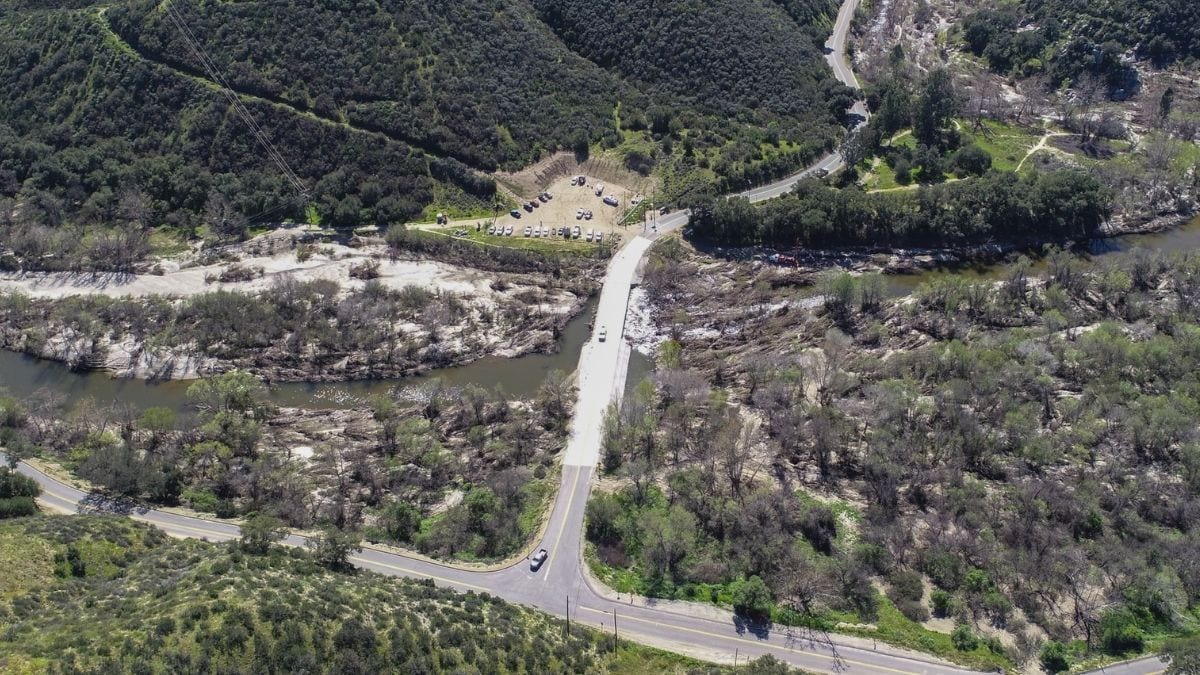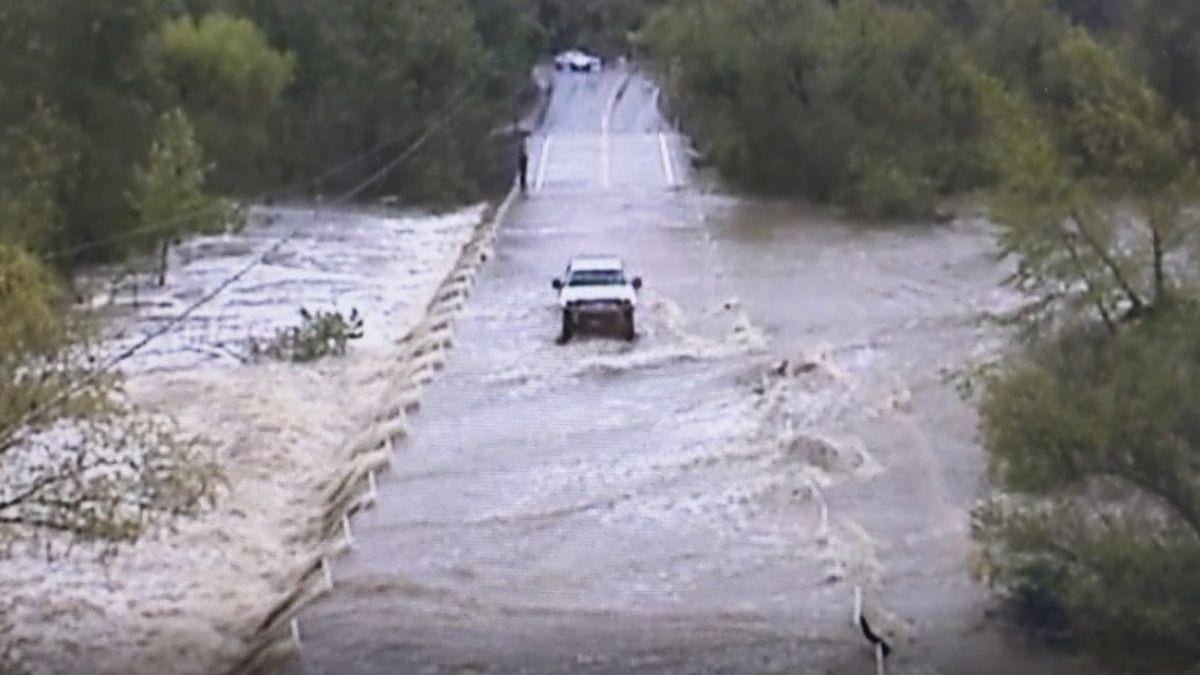CalTrout Awarded $7M to Reconnect Habitat on Santa Margarita River
We are excited to announce that a CalTrout project to Reconnect Habitat is moving forward thanks to grant funding from the California Department of Fish and Wildlife (CDFW) voter-approved Proposition 1 Watershed Restoration Grant. This project is part of the South Coast Steelhead Coalition portfolio to recover this endangered trout from the brink of extinction.
CalTrout's fish passage project on the Santa Margarita River was awarded $7.2M to build a new steel bridge at Sandia Creek Drive. An archaic crossing at the site location currently blocks fish from reaching 12 miles of upstream habitat. As a result, adult steelhead cannot reach their historic spawning area in the river’s headwaters. Replacing this old bridge removes the last remaining barrier on the main river to allow steelhead to repopulate the Santa Margarita watershed from ocean to headwaters. The Santa Margarita River historically supported steelhead and still has natural channel characteristics necessary for migration and propagation of the species.
The existing bridge—in the middle of a scenic wildlife corridor and the popular Santa Margarita Trail Preserve, owned and managed by The Wildlands Conservancy—also presents a safety issue for local residents, recreationists, and commuters traveling on Sandia Creek Drive. This aging piece of infrastructure is a flood hazard, becoming completely submerged during heavy rains. The new bridge will allow flood flows to pass beneath it, and improve traffic flow and pedestrian safety around the river and trail system.
We are very pleased to receive this funding from CDFW and to acknowledge the work of project partners and the project design team. Government grants make up 70% of the CalTrout operating budget, allowing us to execute large-scale and significant projects that benefit wild fish and people in California.







